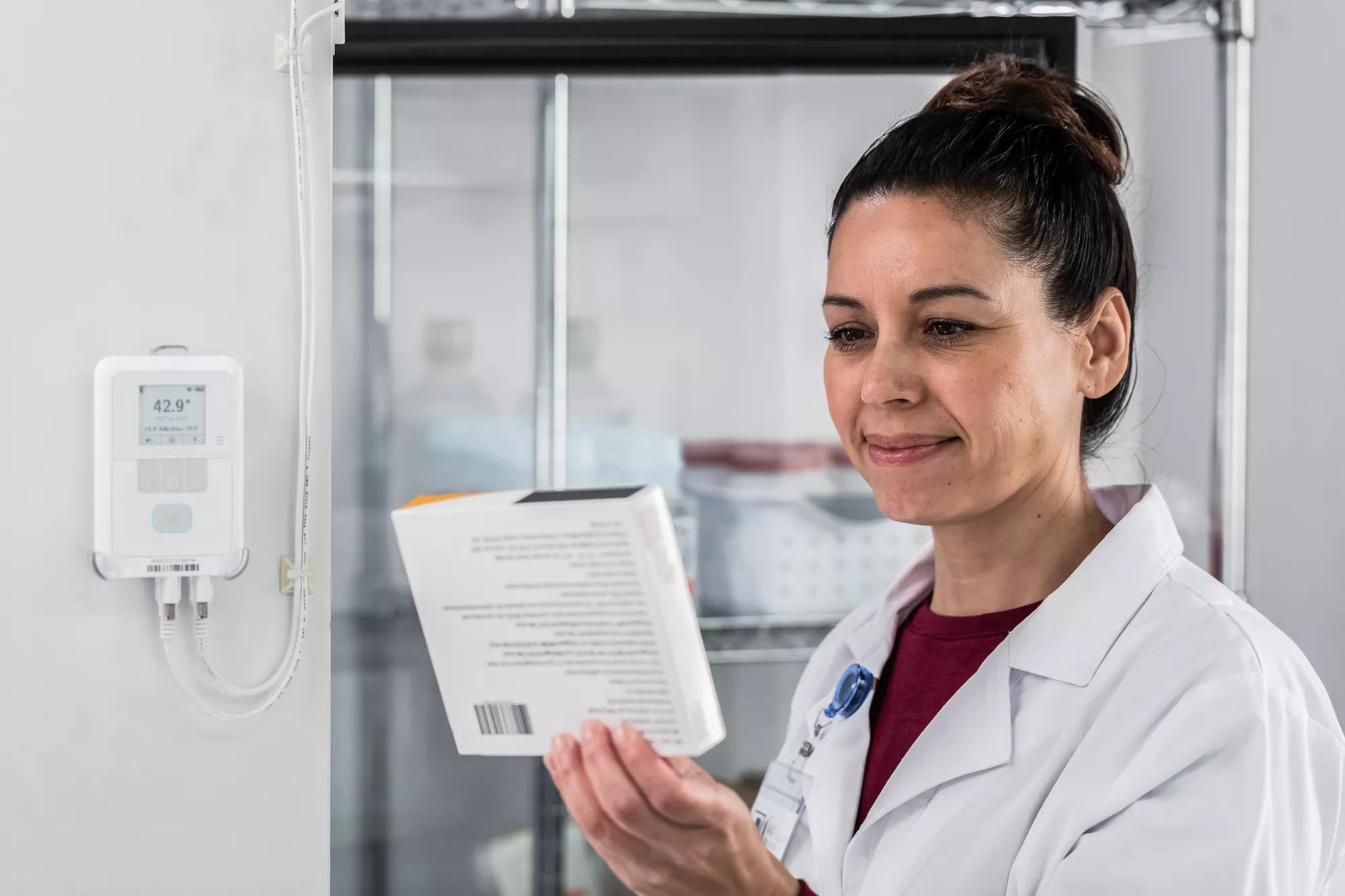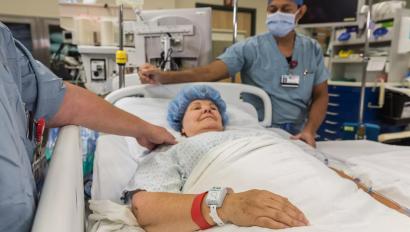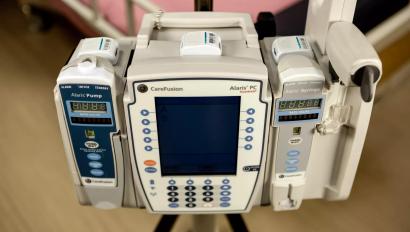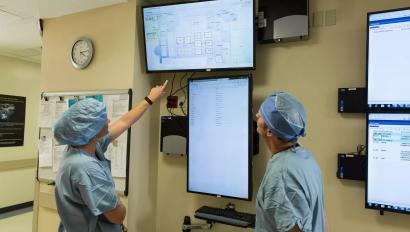T15e Temperature Tag Supports Multiple Use Cases in Hospitals

With the T15e temperature tag, hospitals now have a single temperature monitoring tag that does it all!
Many hospitals still rely on several different types of temperature monitoring tags for different applications.
Perhaps they use tags with on-board sensors in medication refrigerators but rely on specialized tags with external probes to track cryogenic temperatures. Other applications such as walk-in refrigerators and freezers require devices outside the unit with screens displaying the internal temperature.
The introduction of new monitoring requirements under the Center for Disease Control’s (CDC) Vaccines for Children program in 2018 further complicated things. Healthcare organizations must perform twice-daily audits on storage equipment temperatures, which required additional tag configurations and data displays to record minimum and maximum temperatures.
But this multiplicity of tag types is not inevitable or unavoidable. With the recent launch of Securitas Healthcare’s new T15e temperature tag, hospitals now have a single temperature monitoring tag that does it all!
Securitas Healthcare’s experts have highlighted six scenarios below where hospitals would benefit from the use of a single environmental monitoring tag:
- Meeting Temperature Monitoring Requirements for the CDC “Vaccines for Children” (VFC) Program: The T15e enables hospitals to complete VFC audits with a single press of a button to automatically store the current, minimum and maximum temperatures recorded since the last audit in MobileView® - Securitas Healthcare’s real-time visibility platform. The tag produces an audible beep and displays a large checkmark, assuring staff that the audit was completed and recorded. Meanwhile, summary reports make it easy for management to review ongoing audits, and ensure the facility is in compliance.
- Safeguard Cryogenic Bone and Tissue Freezers & Liquid Nitrogen Dewars: With a range of --328°F to +284°F, the T15e is up to the task of monitoring the extreme temps required for cryogenic storage.
- Track Blood and Lab Specimen Temperatures During Transport: The expanded memory of the T15e environmental monitoring tag allows recording of temperatures while specimens are in transit. A user can press the “Audit” button to reset the “Min/Max” temperatures before transport – and then view the “Min/Max” temp upon arrival to ensure it stayed within range.
- Maintain Safe Blanket Warmer Temperatures: Unless blankets are kept at or below 130°F, staff or patients may be burned. As part of their inspection process, the Joint Commission will often look for a visual display of blanket warmer temperature levels, which the T15e tag provides.
- Ensure Proper Temperatures for Scope Cleaning and Decontamination: Scope disinfection is only effective when it occurs at the proper temperature as described in the Instructions for Use (IFU). An example of this is Cidex that remains effective only above 68°F. The T15e’s visual display – and its visual and audible alarms that trigger if the temperature goes out of range – ensures that scope disinfection immersions are working as intended.
- Monitoring Pharmacy, Laboratory and Blood Bank Refrigerator and Freezer Temperatures: Securitas Healthcare’s T15e strength becomes apparent when used for baseline temperature monitoring and alerting. Its integrated display makes it easy to check temperature status, and the audible and visual alerts keep staff aware of temperature conditions during workhours. Remote alerts set up in MobileView enable staff to monitor conditions while away from the workspace. Finally, the T15e has a contact sensor to monitor whether refrigerator or freezer doors are open or closed, thereby providing an extra layer of protection through instant notifications of potential temperature exceptions.
The advanced features of the T15e make it ideal for use in all areas of the facility requiring temperature monitoring. A single tag monitors every hospital location – including off-campus sites. With the deployment of the T15e temperature tag, hospitals can recognize an immediate ROI through improved efficiencies and a reduction in ongoing maintenance costs.
























